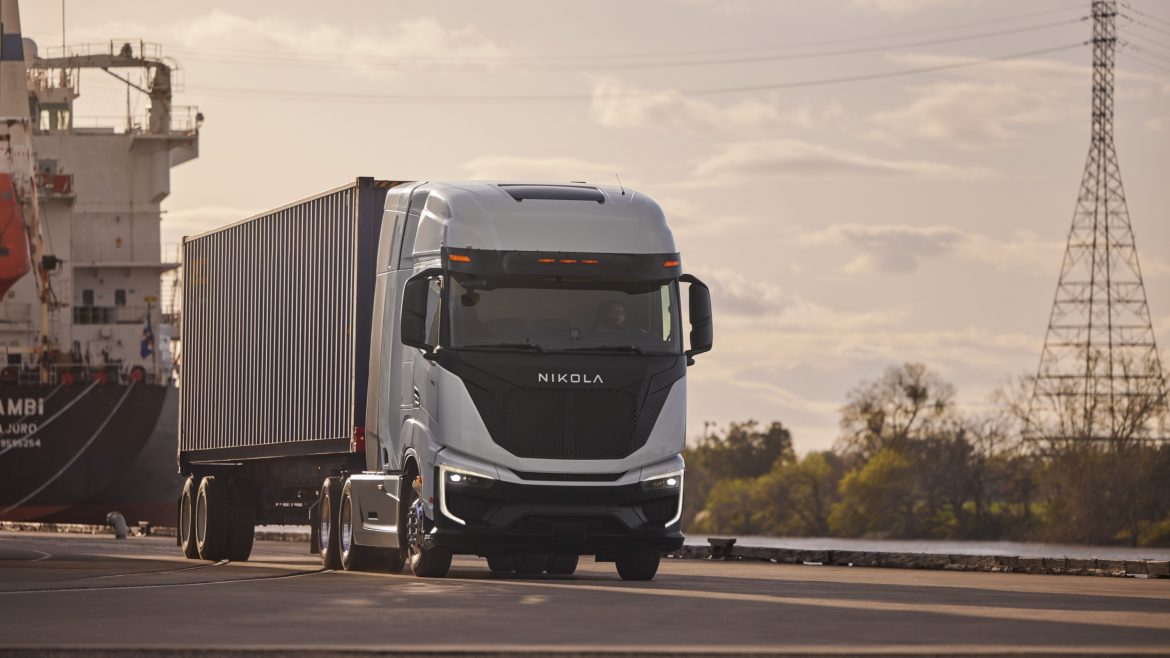Nikola Corporation (NASDAQ: NKLA) announced a 1-for-30 reverse stock split on Thursday, a strategic move aimed at complying with Nasdaq listing requirements. The company will start trading on a split-adjusted basis from June 25. This action comes in response to the need to bolster its stock price by significantly reducing the number of shares outstanding, a common method to prevent delisting from the exchange.
Why the reverse stock split?
A reverse stock split allows a company to consolidate its shares, increasing the stock price by reducing the overall number of shares in circulation. This technique is often used by companies facing the threat of delisting due to their stock trading below required levels. By implementing a 1-for-30 reverse split, Nikola aims to enhance its stock price, thereby meeting Nasdaq’s minimum bid price requirement and maintaining its listing status.
Financial context
Nikola has faced significant financial challenges, missing Wall Street’s expectations for first-quarter revenue in May. The company delivered fewer hydrogen fuel cell trucks than anticipated, contributing to a disappointing financial performance. As of March 31, Nikola’s cash and cash equivalents stood at $345.6 million, a substantial decrease from $464.7 million at the end of the previous quarter. This decline highlights the financial strain the company is under as it strives to ramp up production and sales.
Share structure changes
Post-split, the number of authorised shares will decrease from 1.6 billion to 1 billion. As of the latest data, Nikola had 1.36 billion shares outstanding, with a market capitalisation of approximately $652 million. The reverse stock split is expected to adjust these figures significantly, potentially stabilising the company’s stock price and market perception.
Market reaction
The announcement of the reverse stock split had an immediate impact on Nikola’s stock, which fell over 15% to a record low of 40 cents on Thursday. This decline continues a broader downward trend, with the stock having tumbled about 45% year-to-date. Investors appear cautious, reflecting concerns over the company’s financial health and future prospects.
Challenges ahead
Nikola’s decision to pursue a reverse stock split underscores the broader difficulties the company faces. The electric and hydrogen fuel cell truck manufacturer has been struggling to meet delivery targets and generate sufficient revenue. The reverse stock split is a short-term solution to maintain its Nasdaq listing, but it does not address the underlying operational and market challenges the company faces.
Strategic focus
To regain investor confidence and achieve long-term stability, Nikola must focus on ramping up production and delivery of its vehicles. Ensuring consistent revenue growth and improving financial health are critical. The company also needs to effectively communicate its strategic plans and milestones to reassure investors and stakeholders.
Future prospects
The reverse stock split is a pivotal moment for Nikola, providing a temporary fix to its stock price woes. However, the company’s ability to navigate its financial and operational challenges will determine its long-term success. Investors and industry observers will be closely watching Nikola’s next steps, particularly its ability to meet production targets and secure new orders.
Nikola’s 1-for-30 reverse stock split is a crucial manoeuvre to comply with Nasdaq listing rules and stabilise its stock price. While it addresses immediate concerns, the company must tackle its broader financial and operational challenges to ensure sustainable growth and investor confidence. The coming months will be critical for Nikola as it strives to turn around its fortunes and solidify its position in the competitive electric and hydrogen vehicle market.



